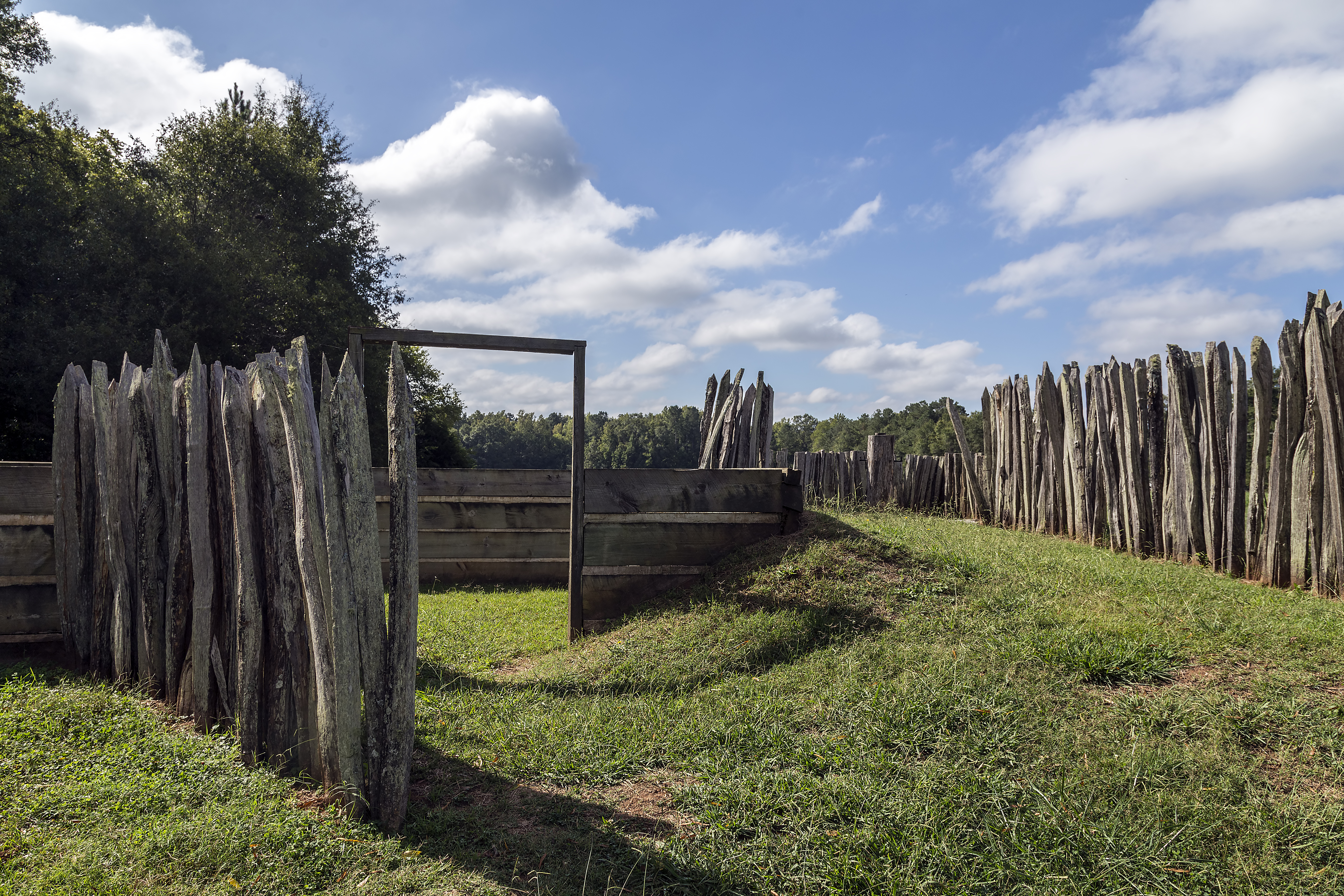Whispers of the Wild West: Unraveling Wyomings Fort Laramie National Historic Site
Planning a visit? Check out the Fort Laramie National Historic Site page for visitor info, directions, and what to do when you get there.

Introduction
Nestled beside the North Platte River in eastern Cheyenne, Wyoming, you’ll find an undisturbed piece of American history. The Fort Laramie National Historic site is a testament to a time long forgotten, encapsulating eras of exploration, fur trade, westward expansion and military strategy. Its secluded location serves less as a deterrent and more as an appeal; it offers a kind of serenity seldom found elsewhere.
Historical/Cultural/Geographical Background
The Fort Laramie National Historic Site carries a stoic memory within its earthen enclosures. Established as a private fur trading fort in 1834, this historic site has witnessed the evolution of America’s western frontier – from Indian Wars to Gold Rushes to strategic importance during pioneering days.
Originally named ‘Fort William,’ it was the first outpost along the Oregon Trail. Its unique geographical location made it a vital hub for traders, Native Americans, military personnel, emigrants and stagecoach travelers alike. Over time, each era left indelible marks on this prolific landscape.
Activities Guide
Visiting Fort Laramie is akin to stepping into another era. There are various activities available that allow visitors to immerse themselves in its rich past:
Guided Tours: The park rangers conduct interpretive tours throughout the day providing valuable insight into life during different periods.
Walking Trails: Self-guided walks take you around the fort’s vicinity, showcasing key sites such as the Old Bedlam (oldest military building in Wyoming) or the cavalry barracks.
Living History Demonstrations: During summer months, witness history come alive through demonstrations of blacksmithing, candle-making and military drill reenactments.
Visitor Information
The Visitor Center is open daily from 8 am to 4:30 pm. It houses a museum, bookstore and restrooms. Entry fees are modestly priced at $5 per person (children under 15 free). Facilities include picnic areas and wheelchair-accessible trails. Remember to dress for the weather; summers can be quite warm while winters are typically cold with occasional snowfall.
Tips for Different Visitors
For History Buffs: Make sure you allow plenty of time to explore all exhibits in the museum. And don’t miss out on any ranger-led activities!
For Families: The Junior Ranger Program is perfect for children aged 5-12. They can earn a Junior Ranger Badge after completion of activities in their activity booklets.
For Nature Lovers: Bird enthusiasts should bring their binoculars as numerous bird species call this park home.
Regional Context
Fort Laramie is strategically located between two major trail hubs—Guernsey State Park (to the northeast) and Casper (to the west)—forming an integral part of your journey along the historical Oregon Trail.
Conclusion
Step into a past era at Fort Laramie National Historic Site—a blend of history, culture and natural beauty. From traces of vibrant indigenous cultures to remnants of pioneering exploration, every corner whispers tales that have helped sculpt America’s western heritage.
Frequently Asked Questions
What are the operating hours and admission fees for Fort Laramie National Historic Site?
Fort Laramie National Historic Site is typically open year-round, though specific hours may vary by season. Most national parks charge an entrance fee, but some sites are free to visit. Check the official NPS website for current hours and fee information.
How long should I plan for a visit to Fort Laramie National Historic Site?
A typical visit to Fort Laramie National Historic Site can range from a few hours to a full day, depending on your interests and the activities you choose. Allow extra time for hiking, photography, and exploring visitor centers.
What should I bring when visiting Fort Laramie National Historic Site?
Essential items include comfortable walking shoes, water, snacks, sunscreen, and weather-appropriate clothing. Bring a camera to capture the scenic views and consider binoculars for wildlife viewing.
What is the best time to visit Fort Laramie National Historic Site?
The best time to visit depends on your preferences and the activities you plan to enjoy. Spring and fall often offer pleasant weather and fewer crowds, while summer provides the longest daylight hours.
Is Fort Laramie National Historic Site accessible for visitors with mobility needs?
Many areas of Fort Laramie National Historic Site are accessible to visitors with mobility needs, including paved trails and accessible facilities. Contact the park directly for specific accessibility information and current conditions.


